
Baiheliang Underwater Museum Fuling
Explore China's first underwater museum, preserving ancient Yangtze River stone carvings with innovative engineering.
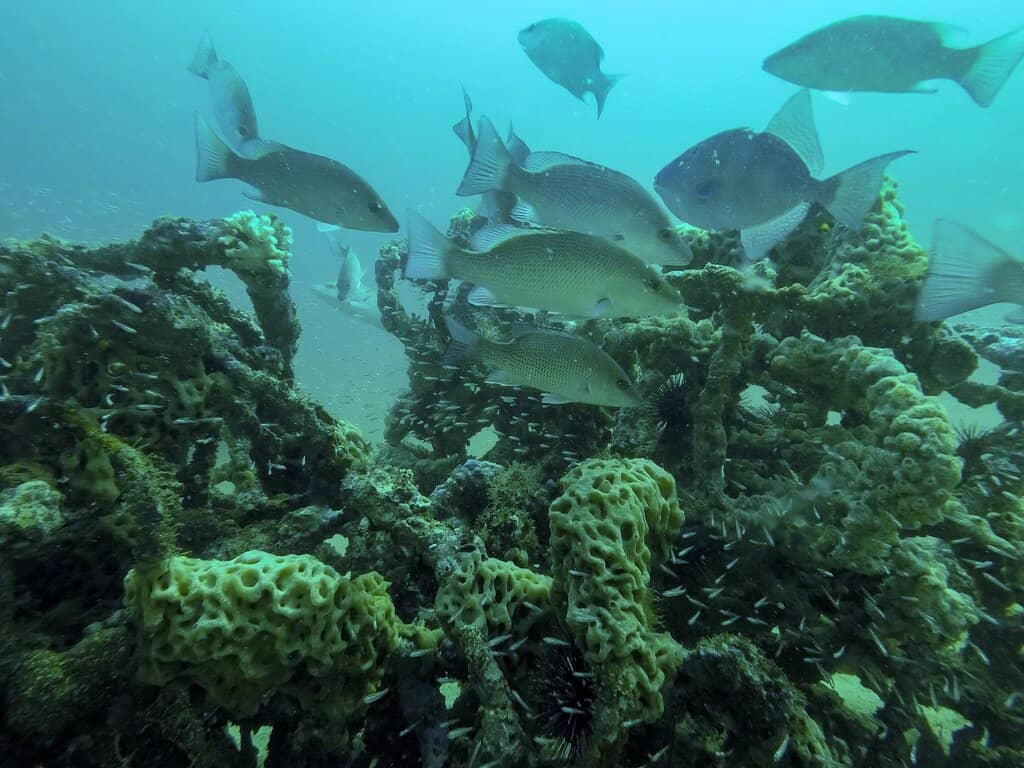
Highlights
Must-see attractions

Social
From TikTok & Reddit
Best Time
Fewer crowds, better experience

Baiheliang Underwater Museum Fuling
Best Time
Fewer crowds, better experience

Highlights
Must-see attractions
Explore China's first underwater museum, preserving ancient Yangtze River stone carvings with innovative engineering.
"A fantastic collision of technology and history, where even breathing is..."
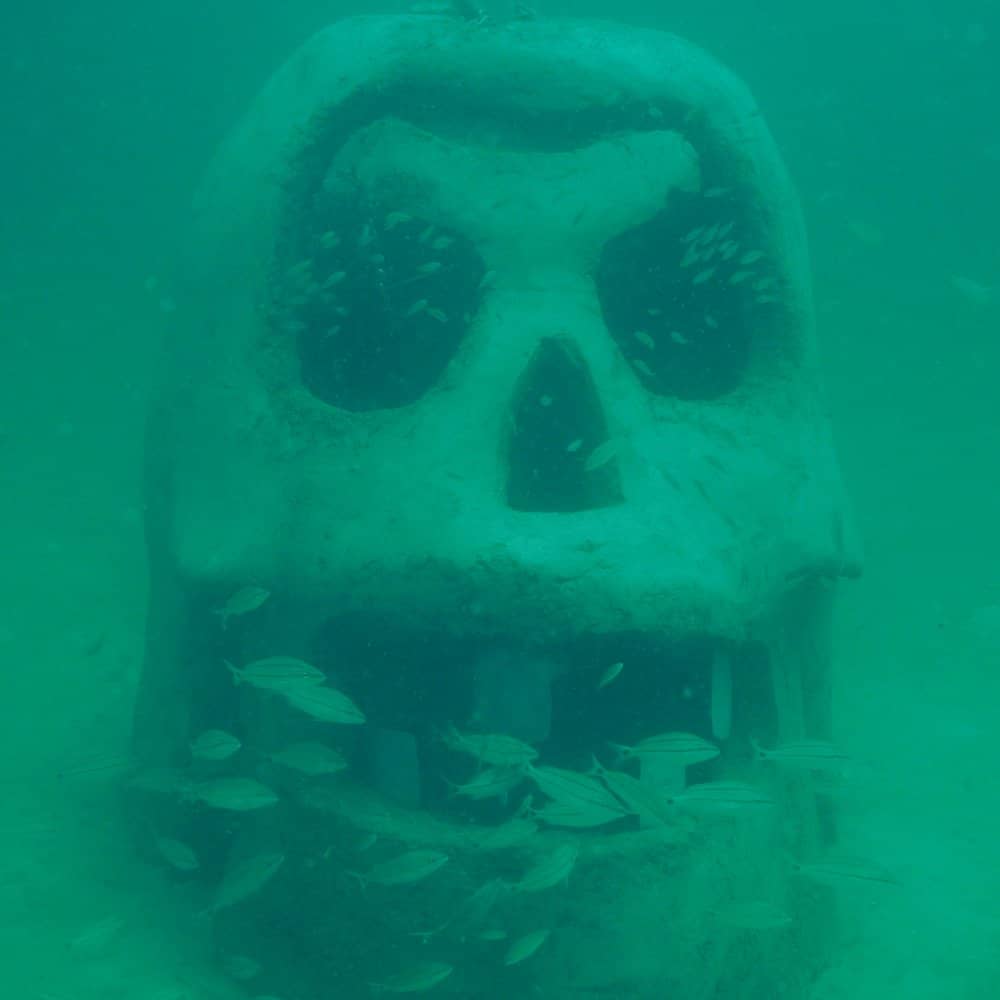
🎯 Arrive Before 4 PM
Entry stops at 4:30 PM sharp, even if signs say 5 PM. Don't risk missing out! :clock1:
🗣️ Hire a Guide
Essential for understanding the legends and history; the underwater part is brief without context. :speaking_head:
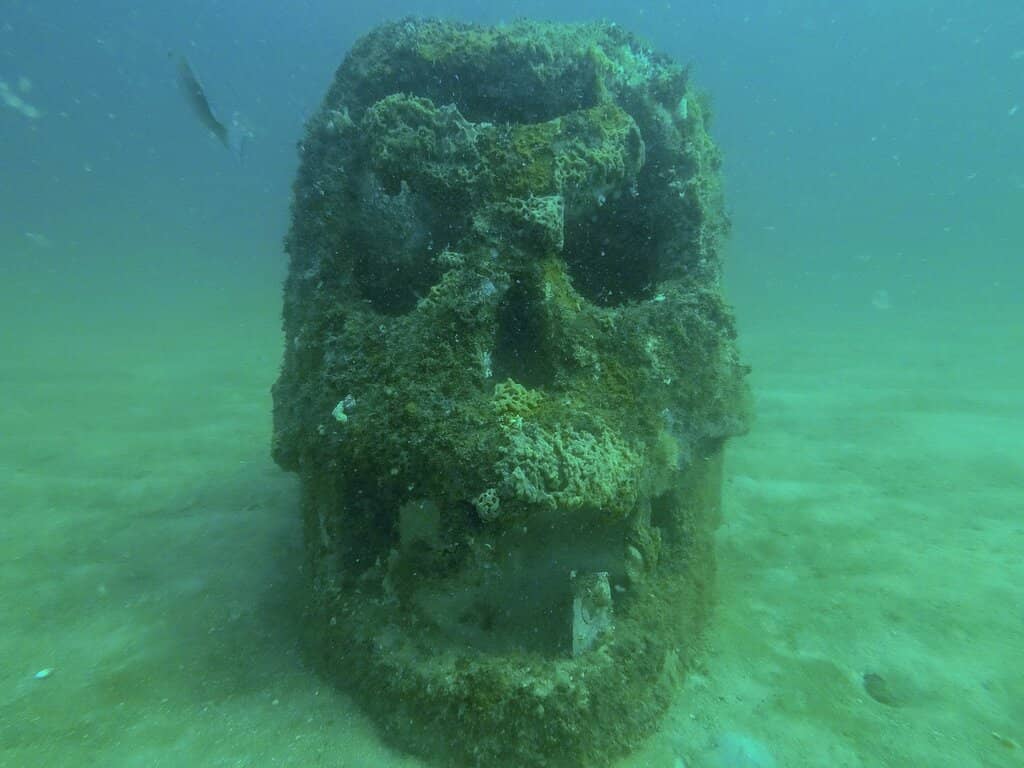
Highlights
Discover the most iconic attractions and experiences
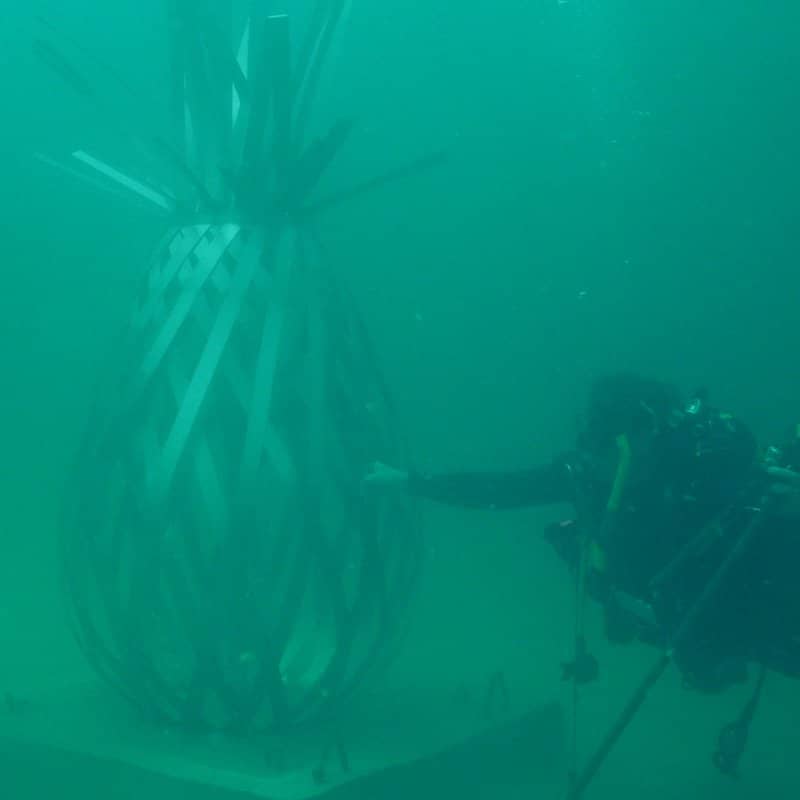
Ancient Stone Carvings
Underwater section
Witness thousand-year-old stone carvings preserved beneath the Yangtze River, a unique blend of history and technology.
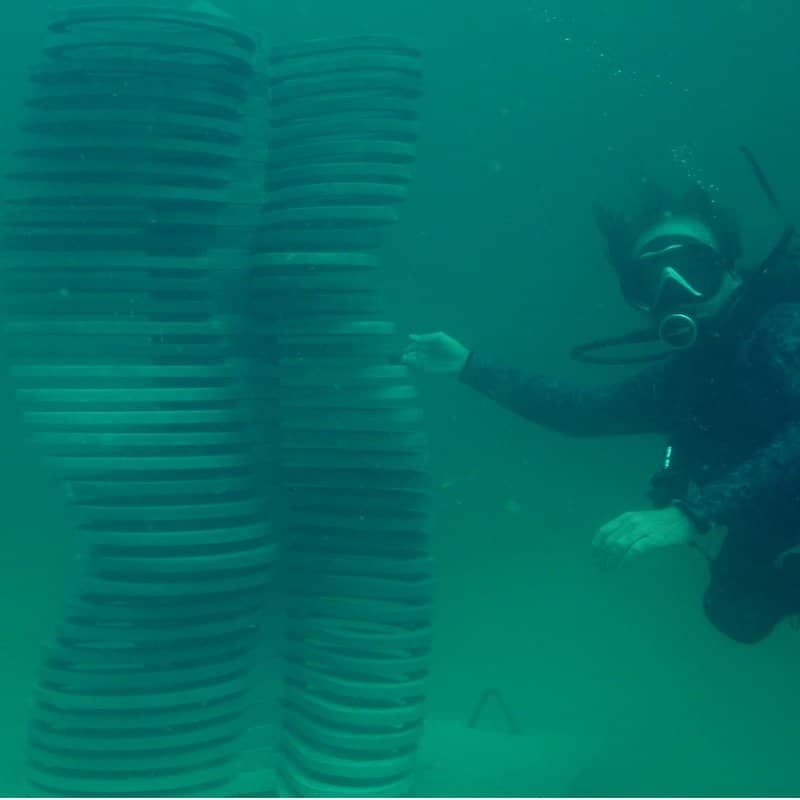
Yangtze River Views
Museum exterior
Experience the grandeur of the Yangtze River, with the museum situated along its banks, offering scenic vistas.
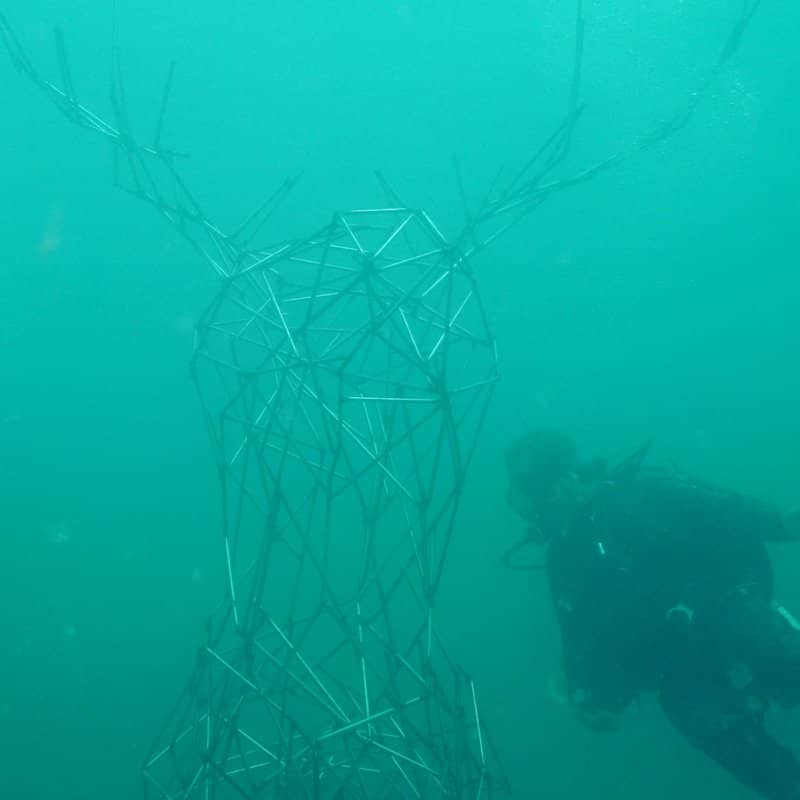
Technological Marvel
Museum interior
Explore the innovative engineering that preserves ancient history underwater, a testament to modern conservation efforts.
Plans like a pro.
Thinks like you
Planning Your Visit
Timing is Everything
Embrace the Guide
Best Times
Insider Tips
from TikTok, Instagram & Reddit
🎯 Arrive Before 4 PM
Entry stops at 4:30 PM sharp, even if signs say 5 PM. Don't risk missing out! :clock1:
🗣️ Hire a Guide
Essential for understanding the legends and history; the underwater part is brief without context. :speaking_head:
🧐 Check Signage Accuracy
English translations might differ from Chinese. Clarify entry times if unsure. :warning:
📸 Porthole Views
The underwater section involves looking through portholes, not a fully immersive glass tunnel. :camerawithflash:
Tips
from all over the internet
🎯 Arrive Before 4 PM
Entry stops at 4:30 PM sharp, even if signs say 5 PM. Don't risk missing out! :clock1:
🗣️ Hire a Guide
Essential for understanding the legends and history; the underwater part is brief without context. :speaking_head:
🧐 Check Signage Accuracy
English translations might differ from Chinese. Clarify entry times if unsure. :warning:
📸 Porthole Views
The underwater section involves looking through portholes, not a fully immersive glass tunnel. :camerawithflash:
🗺️ Location Context
Consider visiting if you're already in the Fuling area, perhaps for the power plant. :round_pushpin:
What Travellers Say
Reviews Summary
Visitors find the Baiheliang Underwater Museum to be an interesting and unique site, particularly for its ancient stone carvings preserved underwater. The engineering marvel of the museum is appreciated, though some find the actual underwater viewing section brief and suggest a guide is essential to fully grasp the historical context and legends. Entry times can be confusing, with a strict cutoff before the stated closing time.
"We arrived at 4:35pm but were denied entry when the signboard says open from 9am to 5pm
It was stated ticket sales stop at 4:30pm but we already have our tickets purchased for us by our tour agent.
After arguing with the staffs for almost 20 minutes more, the upper management staff came and try to understand the situation.
He let us in later after saying they need a better translation for the English version as the Chinese words on the signboard clearly states no entry after 4:30pm. Apparently the translation was inaccurate.
Problem solved, we were given a private tour with detailed information later of the whole museum.
Happy with the visit 😄"
William Ooi
"Very interesting museum! Many of the descriptions are in English, and the tour guide even took the time to explain things in English just for me."
Nathan Boone
"Very nice visit, enjoyed a lot!"
Arun Jones
What People Like
What People Dislike
Frequently Asked Questions
🚇 🗺️ Getting There
The museum is located in Fuling District, Chongqing. Travelers typically reach Fuling by train or bus from major cities like Chongqing. From Fuling city, local buses or taxis can take you to the museum.
Yes, local buses and taxis are available in Fuling to reach the museum. It's advisable to check local transport schedules upon arrival.
High-speed trains connect Fuling to Chongqing and other major cities. Buses are also a common and affordable option for reaching Fuling.
Information on specific parking facilities is limited, but it's common for tourist attractions in China to have designated parking areas. It's best to inquire locally or check the official website if available.
The museum is sometimes visited in conjunction with the local power plant or other historical sites in the Fuling area.
🎫 🎫 Tickets & Entry
While official signs may state closing at 5 PM, ticket sales and entry often stop at 4:30 PM. It's crucial to arrive before this cutoff.
Ticket prices can vary. Some visitors mention purchasing tickets through tour agents. It's recommended to check for current pricing or package deals.
Online ticketing options may be available through Chinese travel platforms. Pre-booking is advisable, especially during peak seasons.
You might be denied entry even with pre-purchased tickets if you arrive after the cutoff time (e.g., 4:30 PM). Staff can be strict about this.
Information on specific discounts is not widely available. It's best to inquire at the ticket counter or check the official website for any concession policies.
🎫 🧭 Onsite Experience
The primary draw is the ancient stone carvings from over a thousand years ago, preserved underwater in the Yangtze River.
The underwater section primarily involves viewing through portholes. It's not a glass tunnel experience, but rather looking into a preserved environment.
While shrimp have been observed, don't expect abundant wildlife. The focus is on the historical carvings and their preservation.
Children might find the concept of an underwater museum interesting, but the historical context and limited wildlife might not hold their attention for long.
The actual underwater viewing section is quite short. The overall visit duration can be extended significantly if you opt for a guided tour.
📸 📸 Photography
Photography rules can vary. It's generally recommended to check for signage at the entrance or inquire with staff. Some areas might restrict flash photography.
The exterior views of the Yangtze River and the unique architecture of the museum itself offer good photographic opportunities.
Photography of the underwater carvings might be restricted to prevent damage or to maintain the viewing experience. Always follow museum guidelines.
The concept of an underwater museum itself is unique. Capturing the contrast between the ancient carvings and modern preservation technology can make for striking images.
Given the potential for lower light conditions in certain areas, a camera with good low-light performance or a tripod might be beneficial. However, check if tripods are permitted.
For Different Travelers
Tailored advice for your travel style
👨👩👧 Families with Kids
To make the visit more enjoyable for families, consider booking a guide who can make the historical stories more captivating. Visiting during off-peak hours, like weekday mornings, can also help manage crowds and provide a more relaxed experience. Ensure you arrive well before the 4:30 PM entry cutoff to avoid disappointment.
💰 Budget Travelers
Consider whether the added cost of a guide is within your budget. While highly recommended for the full experience, you can still appreciate the historical significance and engineering marvel without one. If you're traveling on a tight budget, focus on the visual aspects and the unique concept of the museum.
🏛️ History Buffs
The museum's value is significantly amplified by understanding the historical context and legends associated with the carvings. Hiring a guide is highly recommended to fully grasp the depth of history and cultural significance. The engineering feat of creating the underwater museum itself is also a fascinating aspect for those interested in historical preservation techniques.
Deep Dives
In-depth insights and expert knowledge
The Significance of Baiheliang
The creation of the Baiheliang Underwater Museum was a monumental feat of engineering, designed to preserve these delicate carvings from the fluctuating water levels and potential damage. The museum encases the ridge, allowing visitors to view the historical inscriptions through specially designed portholes, effectively creating a window into the past. This innovative approach ensures the long-term survival of this cultural heritage.
Visitors often find the historical context and the ingenuity behind the preservation efforts to be the most compelling aspects of the museum. While the direct underwater viewing might be brief, understanding the centuries of history and the technological marvel of its preservation elevates the experience.
Navigating Your Visit: Tips from Travelers
Another crucial tip from seasoned visitors is the value of hiring a guide. The actual underwater section, where you view the carvings, is relatively short and can feel underwhelming without proper context. Guides provide the rich historical narratives, legends, and cultural significance associated with the stone inscriptions, transforming a simple viewing into an educational and engaging experience. This is particularly important as many descriptions might be in Chinese, and a guide can bridge that language gap.
Be aware that the 'underwater' experience is primarily through portholes, not a fully immersive glass tunnel. While some wildlife like shrimp might be present, the focus is on the historical carvings. If you're in the Fuling area, perhaps visiting the nearby power plant, the museum can be a worthwhile addition to your itinerary, especially with the added benefit of a guide.



Social
from TikTok, Instagram & Reddit